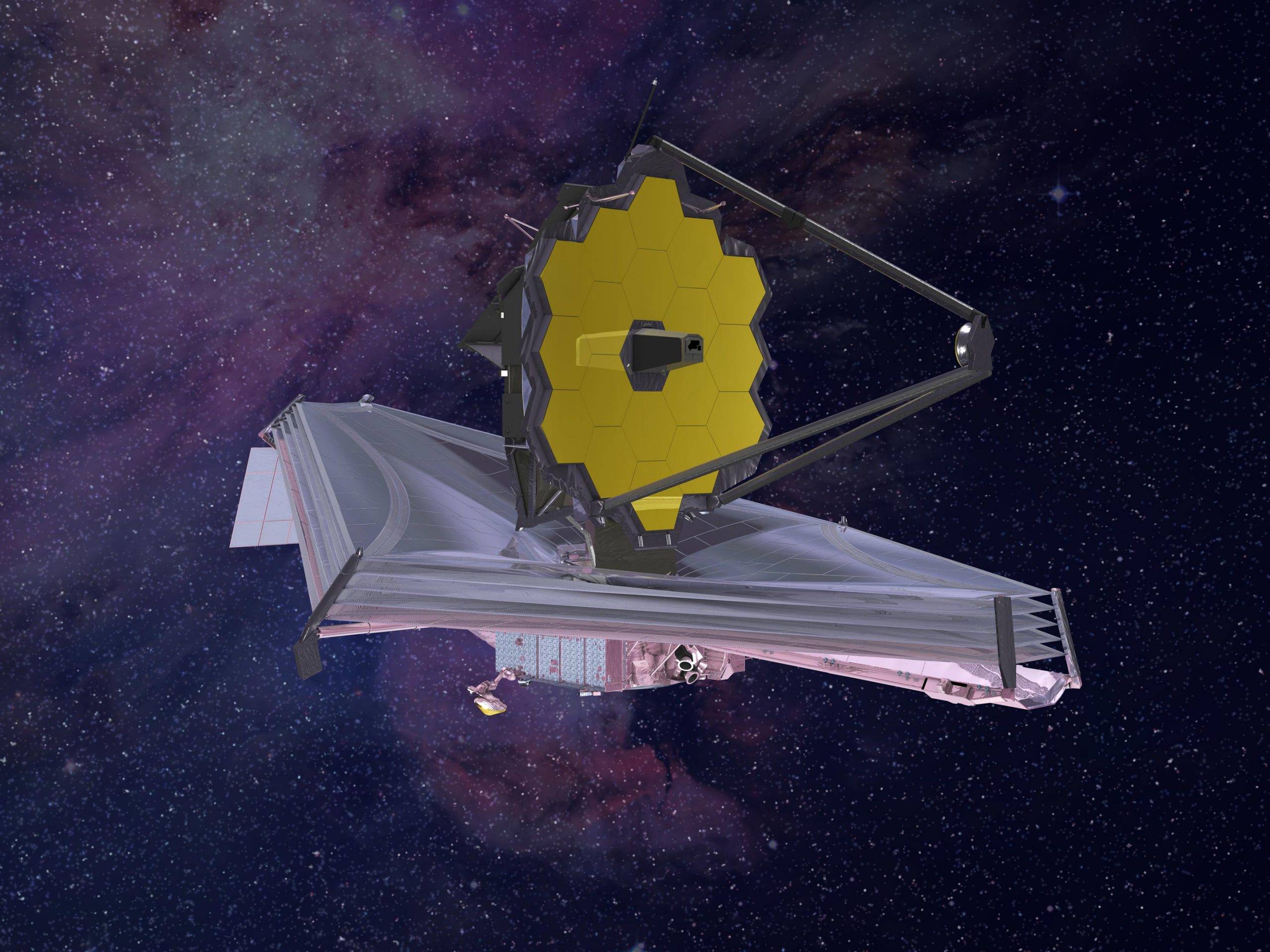
If you want to capture images of the objects you view, look for a camera or smartphone mount. Telescope accessories expand the functionality of your existing gear. If you’re new to using a telescope, keep in mind that most models feature interchangeable eyepieces so you can adjust magnification depending on the object you’ll be viewing. FAQs Which Telescope is Right for Me?Ĭhoosing the best telescopes for beginners or experienced sky watchers usually comes down to three factors: budget, mount style, and aperture.

For help selecting the best telescope to suit your interests, get in touch with Adorama’s experienced and knowledgeable customer service team. Some telescope models are designed to mount easily to DSLRs for astrophotography, while others come in kits with telescope accessories like tripods, filters, eyepieces, and more. Other Features to ConsiderĬomputerized telescopes make it much easier to locate and track celestial objects utilizing preprogrammed databases. Smaller aperture telescopes also show celestial objects in lower resolution than larger aperture telescopes. While small aperture telescopes are more physically compact and less expensive, they will only allow you to see the brightest space objects. Small apertures (1.2” or 2.5”) will let in significantly less light than larger apertures (12” or 14”).

Aperture SizeĪpertures are very important when selecting a model because they will affect how much light is collected by the telescope. You can easily filter search results by type to select the varieties most suited to your needs. There is also the Cassegrain variety, which utilizes multiple curved mirrors to view deep space objects while maintaining a smaller physical profile. In most cases reflecting telescopes are less expensive than refracting telescopes because mirrors cost far less to produce than lenses, especially for larger format telescopes. Reflecting telescopes are generally less expensive and don’t have issues with chromatic aberration. Refracting telescopes are often preferable because they are sealed to air and dust and require less maintenance, though they often suffer from chromatic aberration. Refracting telescopes utilize lenses in a similar way to binoculars to bring distant objects into view, while reflecting telescopes utilize mirrors. The two most common types of telescopes are refracting telescopes and reflecting telescopes. What are the Different Types of Telescopes?

Telescopes range from very simple models that can be used by even the youngest astronomy enthusiasts, to complex computerized models with a variety of features and capabilities. Kit Style Price Range Ratings & Reviews Filter By Discount Barska AnchorMaster (6) Barska StarWatcher (9) Carson RedPlanet (7) Carson Skyseeker (2) Celestron Advanced VX (32) Celestron AstroFi (2) Celestron AstroMaster (4) Celestron CGEM II (6) Celestron CGX (8) Celestron CGX-L (8) Celestron CPC (14) Celestron Inspire (1) Celestron Nexstar Evolution (12) Celestron Nexstar SE (16) Celestron Nexstar SLT (2) Celestron Omni XLT (3) Celestron Optical Tube (12) Celestron PowerSeeker (1) Celestron Starsense Explorer (10) Celestron TravelScope (3) Coleman Astrowatch (5) Explore Scientific Dobs (3) Explore Scientific Essential (6) Explore Scientific FCD100 (3) Explore Scientific FirstLight (19) ExploreOne National Geographic (2) ExploreOne Reflector (2) ExploreOne Refracting (5) iOptron iExplore (2) iOptron RC (4) iOptron Solar 60 (1) iOptron Solar 80 (3) Konus Konusmotor (1) Konus Konustart (3) Sky-Watcher Classic Dobs (3) Sky-Watcher Esprit (4) Sky-Watcher EvoStar (6) Sky-Watcher Flextube Dobs (8) Sky-Watcher Flextube SyncScan Dobs (5) Sky-Watcher Heritage (2) Sky-Watcher Quattro (4) Sky-Watcher Skymax (4) Sky-Watcher StarTravel (2) Tasco Luminova (1) Tasco Novice (1) Tele Vue 76 (2) Tele Vue 85 (2) Unistellar eQuinox (2) Unistellar eVscope (3) See more.


 0 kommentar(er)
0 kommentar(er)
